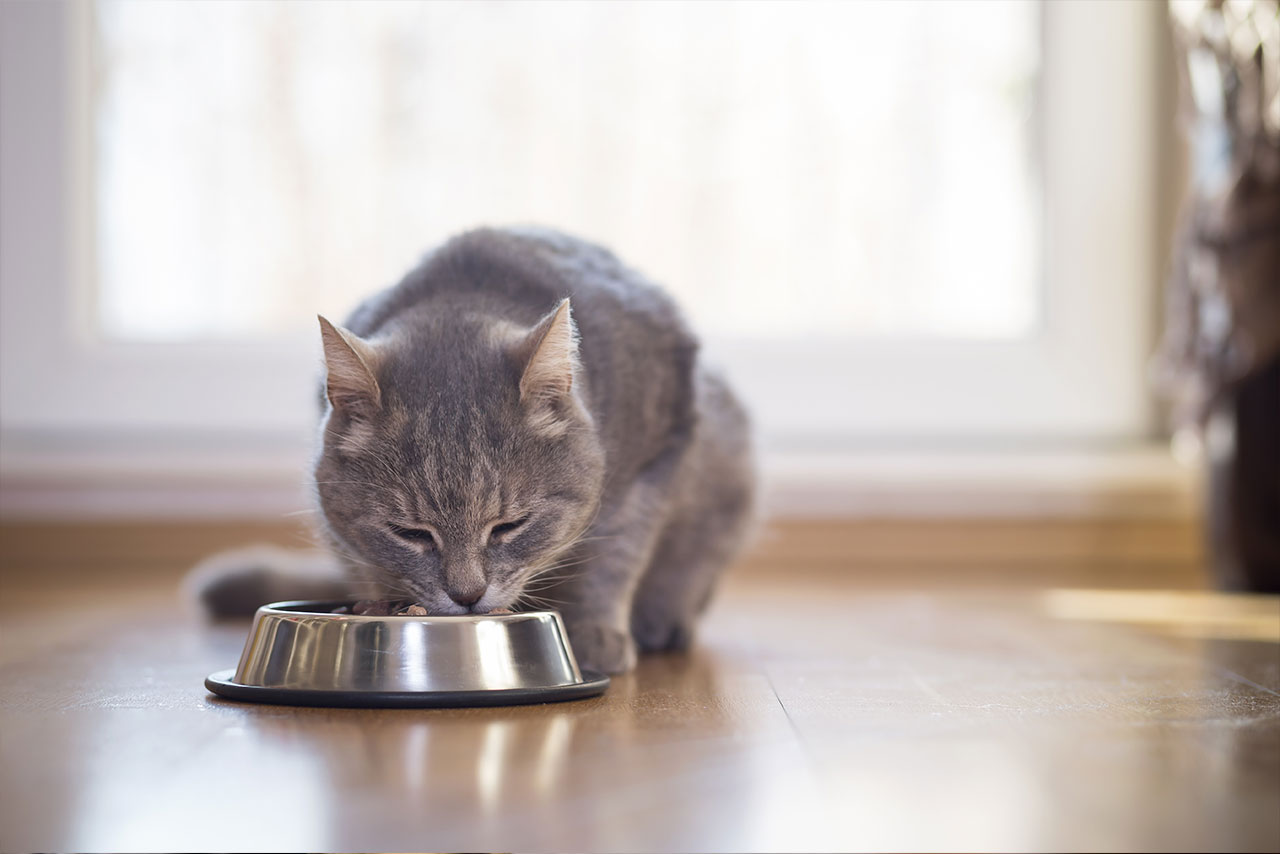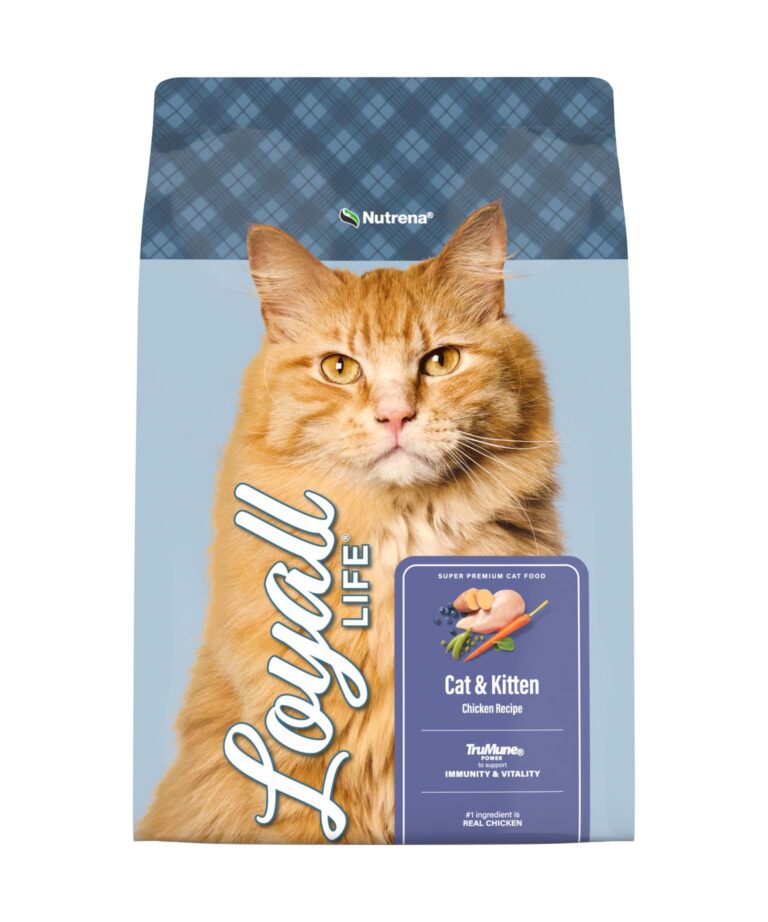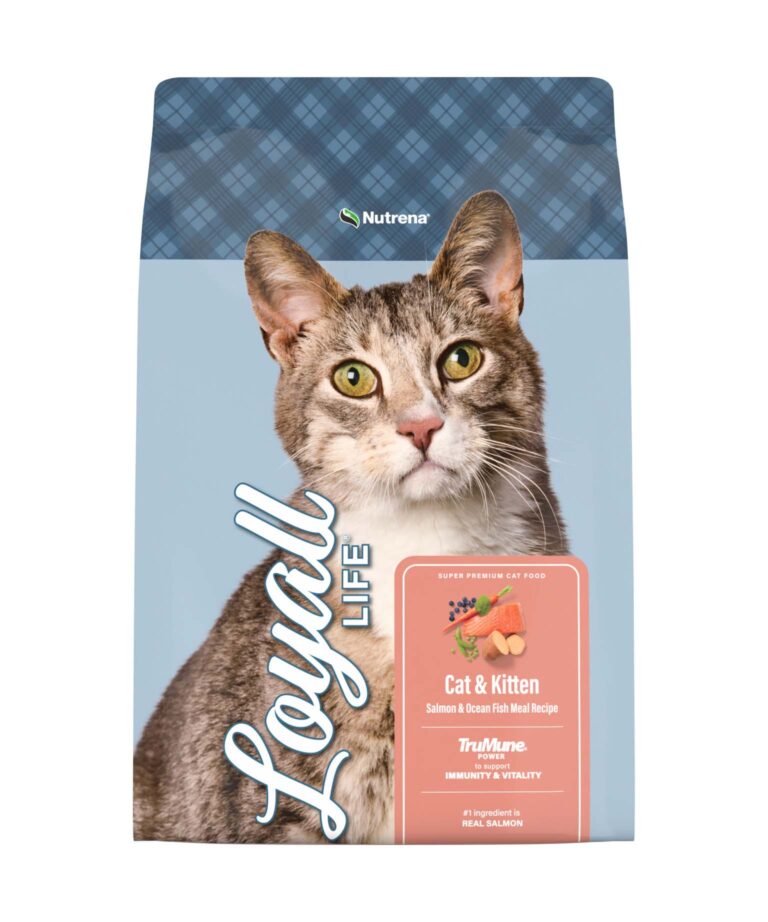How To Meet Your Cat And Kittens Nutritional Needs

Cats are independent pets.
They are typically more content chasing off rodents than napping at your feet. And while they don’t need you to stay busy, they do require a specialized diet to help them tackle their many daily adventures.
Depending on age and where they spend their time, there are a few things to keep in mind when feeding your feline.
Table of Contents
Key Takeaways
- Kittens need a high-protein diet to support rapid growth, focusing on essential nutrients like DHA, calcium, and zinc.
- Once cats reach adulthood, match their food intake to their activity level, aiming to manage weight effectively.
- Indoor cats require less energy and need more fiber to reduce hairballs, while outdoor cats need more protein and fatty acids for skin health.
- Choosing quality recipes, like Loyall Life Cat & Kitten recipes, can meet the diverse nutritional needs of all cats.
- Each cat’s diet should reflect their lifestyle, ensuring they stay healthy whether they are indoor or outdoor pets.
Provide Your Kitten with Plenty of Protein
When weaned off their mother’s milk at eight weeks, kittens should have a high protein diet, and plenty of it. Those small furry felines will double or even triple in size during the first six months. To support this exponential growth, they need up to three times the energy compared to that of a fully-grown cat. Look for a recipe made up of at least 30% protein.
Kittens also require certain nutrients for their developmental growth. Here are a few of the most important ones to keep an eye out for on the nutrition label:
- DHA – This fatty acid aids in brain and vision development
- Phosphorous and Calcium – These nutrients help bones grow properly
- Zinc and Vitamin E – Kittens need these to build a strong immune system
Most cats reach adulthood at one year old. However, a larger breed like a Main Coon can take up to two years to reach full size. Once they do, it’s time to transition their diet.
Match Your Adult Cat’s Intake with Activity
As cats reach adulthood or after spaying or neutering, weight management becomes an area of focus.
Consider feeding your cat twice per day rather than free feeding. In the wild, cats can spend half their time just looking for and consuming food. If they can free feed, they’ll instinctively overeat.
As with kittens, adult cats need some ingredients for good health and here are some you’ll want to see on the label:
- Fiber – Fiber helps reduce hairballs, especially for indoor cats, who can be more prone to them. Look for beet pulp or cellulose in the ingredient list.
- Glucosamine and Chondroitin Sulfate — These substances keep your cat’s joints healthy
- TruMune — This yeast ingredient helps cats stay active and improves vitality
- Taurine — This amino acid is essential for vision and heart function
Indoor vs. Outdoor Nutrition
Indoor and outdoor adult cats lead different lives, and their diets should reflect that.
Outdoor cats are almost always more active than their indoor counterparts. As such, they need more protein and energy. This is especially the case for felines who spend long hours in cooler weather. To help their skin and coat stay strong and protect them from the elements, it’s also important to have Omega 6 & 3 fatty acids. About 30% of a cat’s protein requirement is used for their coat.
Being less active, indoor cats need less energy and fat. As hairballs are more of a concern for indoor cats, they should also have plenty of fiber in their diet.
No matter your cat’s activity level or age, our Loyall Life Cat & Kitten Recipes will meet their nutritional needs. Both recipes feature concentrated nutrition in a small package to support all the nutritional needs of both kittens and adults.
It’s especially useful for households that have numerous cats at different life stages.
Loyall Life Salmon & Ocean Fish Meal Recipe has all of the benefits of the current recipe, with a protein source of salmon for an even stronger Omega 6 & 3 fatty acid ratio.
With the right recipe, you can help your cats put in their best work. Whether that work is prowling around the property in pursuit of vermin or sleeping the afternoon away in the sun.
We all know they’re going to do exactly what they want anyway.


